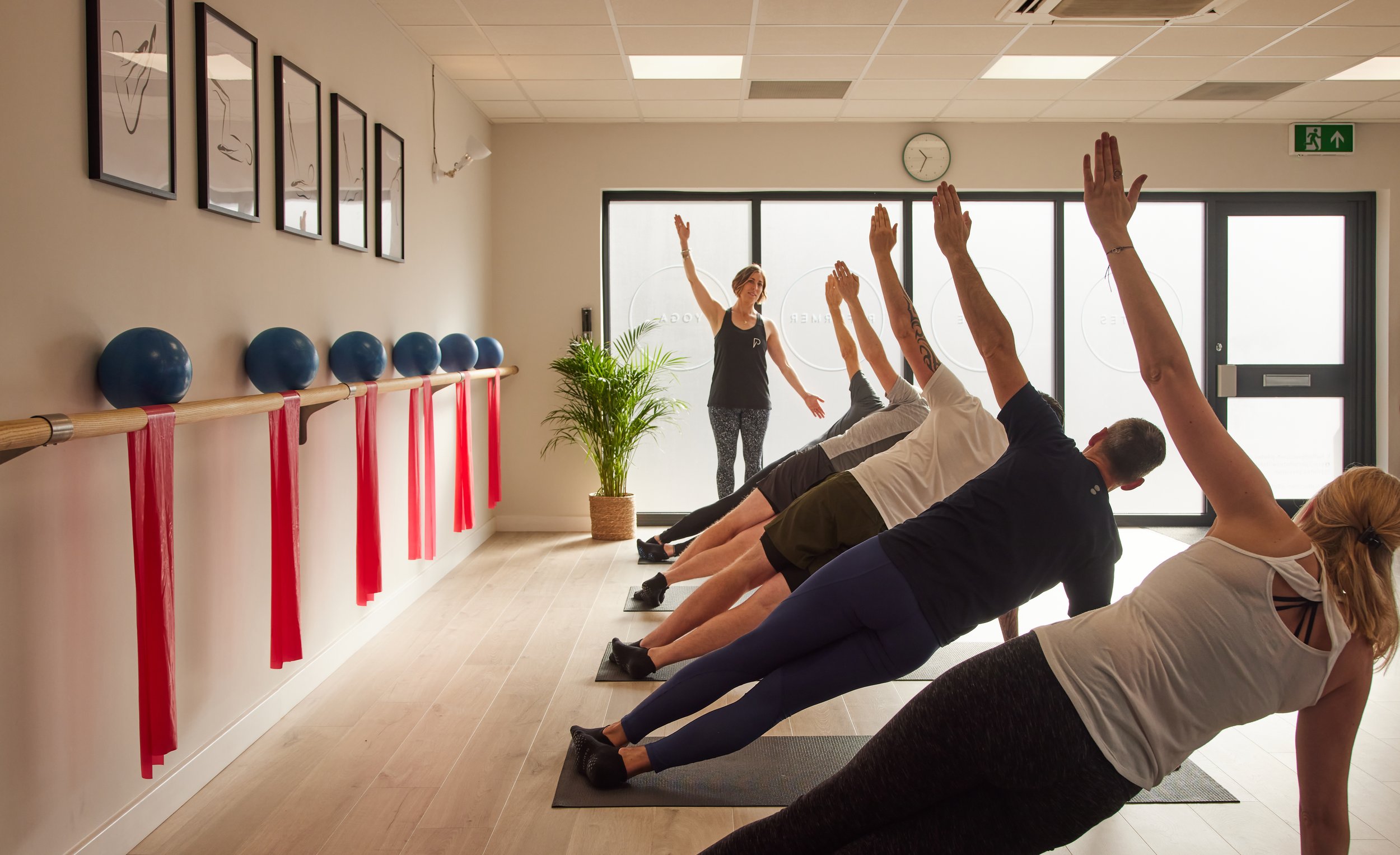
Why pilates?
Pilates is a full-body strength and mobility practice that can improve both mental & Physical health and wellbeing.
✓ Develops Strength and core stability
✓ Improves flexibility, joint mobility, co-ordination and balance
✓ Corrects posture and alignment
✓ Improved vital organ function
✓ Promotes relaxation and improves respiratory system
✓ Compliments other athletic pursuits
✓ Ideal for rehabilitation and helps to prevent injury
✓ Improves fitness and athletic performance
✓ Offers a solution to those with restricted mobility
✓ Low impact
✓ Builds muscular endurance
✓ Inclusive for all
-
There are three main areas of the body where a rider needs to be flexible but strong, stable yet mobile - these are the pelvis, lower back and upper body including thoracic spine and shoulders.
It is easy to depend on the big moving muscles for brute strength but the secret of strength is actually in the recruitment of the smaller, deeper, stabilising muscles of the torso.
-
Pilates proves to be a game-changer for golfers seeking to improve their performance on the course.
The core principles of Pilates, such as enhanced flexibility, balance, and core strength, align seamlessly with the demands of golf.
The controlled and precise movements in Pilates target key muscle groups, fostering a strong and stable core essential for executing powerful and controlled golf swings. Improved flexibility resulting from Pilates exercises enhances a golfer's range of motion, allowing for more efficient and fluid movements during their swing.
Additionally, Pilates promotes better body awareness and posture, critical elements for maintaining proper alignment during the various stages of a golf swing.
By integrating regular Pilates practice into their training regimen, golfers can experience increased spinal mobility, improved balance, improved shoulder mobility, improved co-ordination, improved endurance, reduced risk of injury. All of which are crucial for the overall enhancement of the game and a more powerful & consistent swing. -
Pilates offers numerous benefits for swimmers, enhancing both their performance and physical well-being. Here are several reasons why incorporating Pilates into a swimmer's training regimen can be advantageous:
Core Strength: Pilates focuses heavily on core activation, which is essential for swimmers to maintain proper body alignment and streamline their movements in the water. A strong core can reduce drag and improve efficiency.
Flexibility: The workouts emphasize stretching and lengthening muscles, which can enhance flexibility. This is crucial for swimmers, as greater flexibility can lead to a more extensive range of motion in strokes.
Balance and Stability: Pilates promotes improved balance and stability, allowing swimmers to maintain control over their movements and body position. This contributes to better performance and reduced risk of injury.
Breathing Techniques: Many Pilates exercises incorporate breath control, which can help swimmers develop better breath patterns and improve lung capacity, ultimately benefiting their swimming technique.
Injury Prevention: By strengthening muscles and improving flexibility, Pilates can help prevent common swimming injuries. Building muscle balance supports joints, reducing the likelihood of strains or overuse injuries.
Mind-Body Connection: Pilates encourages a deeper connection between the mind and body. This heightened awareness can enhance focus and concentration during training and
-
Boosts fitness and increases concentration
Improves dynamic posture and spinal alignment
Increases strength and flexibility
Improves sporting performance
Increases awareness of the body as it changes and grows through childhood development
Increases self-esteem, stamina, confidence and can help reduce anxiety and stress
Improves sleep and ability to relax
Helps social interaction and acceptance
-
Pilates is highly beneficial for postnatal women, offering a range of advantages to aid in physical recovery and overall well-being. One key benefit is the focus on strengthening the deep abdominal and pelvic floor muscles, which often undergo significant strain during pregnancy and childbirth. This targeted strengthening can help improve core stability and support, crucial for women dealing with postpartum changes.
Additionally, Pilates promotes overall flexibility and enhances posture, addressing the common issues that arise from altered body mechanics during pregnancy. The controlled, low-impact movements in Pilates are gentle on postnatal bodies, aiding in the gradual rebuilding of strength without causing unnecessary stress.
Moreover, the emphasis on mindful breathing and relaxation in Pilates can contribute to stress reduction and promote mental well-being, offering new mothers a holistic approach to postnatal recovery.
